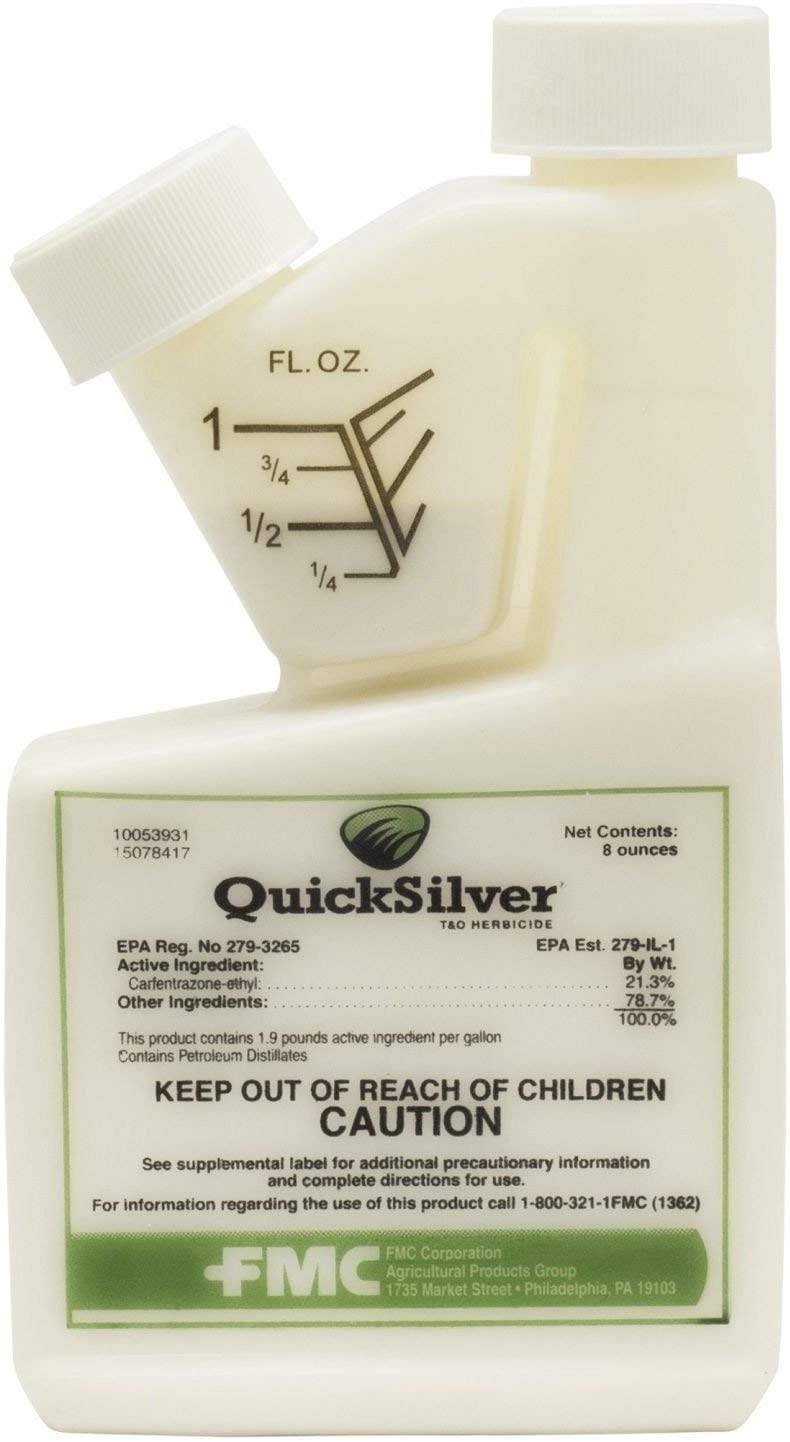

In study 2, after higher initial control with warm temperature treatments during the first WAT, Powerzone and Speedzone provided the highest level of control of ivyleaf speedwell and purple deadnettle at 35 DAT with no difference noted between air temperatures at application. Common chickweed ( Stellaria media L.) control with combination treatments containing carfentrazone or sulfentrazone was similar at both temperature regimes, with control of 95% or greater, averaged across application air temperature. In study 1, at 56 days after treatment (DAT) regardless of air temperature at application, all tested herbicides provided 86% or greater control of ivyleaf speedwell ( Veronica hederifolia L.), and 98% or greater control of henbit ( Lamium amplexicaule L.), with the exception of Trimec Classic, which did not provide acceptable control of henbit. By 2 to 3 WAT though, air temperature at the time of application generally did not affect overall weed control. In general, warm temperature applications initially provided better weed control during the first week after treatment (WAT). Control of ivyleaf speedwell, common chickweed, henbit, purple deadnettle, and white clover was evaluated. Identical herbicide treatments were made at air temperatures of approximately 7 C (45 F) and 18 C (65 F) in four different trials. Contact herbicides such as carfentrazone and sulfentrazone combined with systemic herbicides may provide an increased level of weed control when applied at cold air temperatures compared to products containing only systemic ones. Cold air temperatures at the time of herbicide application are generally thought to decrease efficacy of systemic herbicides.


 0 kommentar(er)
0 kommentar(er)
